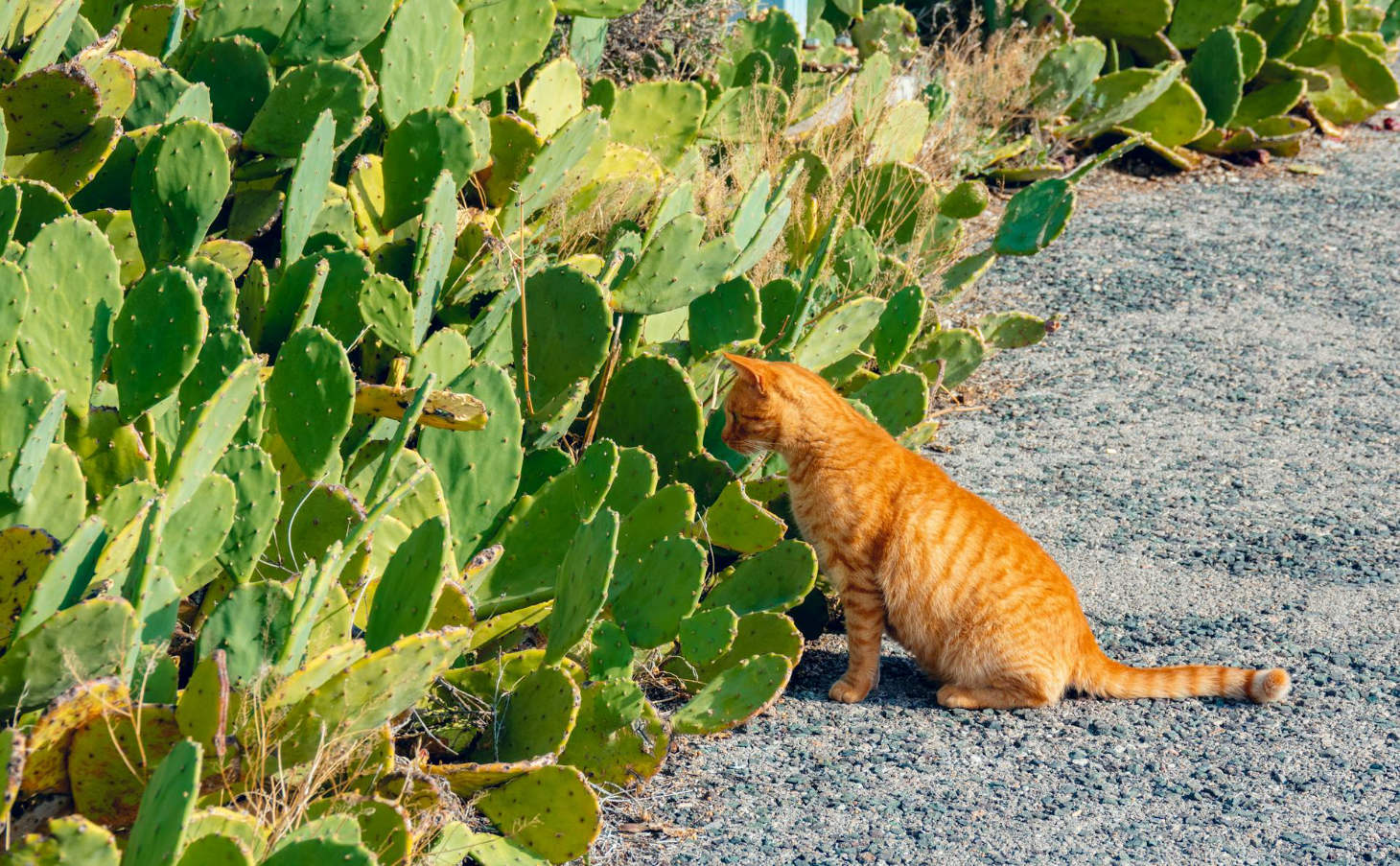Are Cacti Poisonous?
Cactus plants look strange and interesting, but you might wonder if they are safe to keep at home, especially with kids and pets around. Most cacti are not poisonous to people or animals, but a few species contain substances that can make you sick if eaten. Some cacti may cause skin irritation or stomach problems, but serious harm is rare.
It’s important to know which types of cactus you have and to be careful with any houseplants. Keeping your family and pets safe is easier when you understand which plants are safe and which could cause problems. This article will help you find out if your cactus plants are dangerous and what makes a few of them risky.
Key Takeaways
- Most cactus plants are safe for people and pets.
- A few types can cause mild skin or stomach problems.
- Knowing your cactus species helps keep your home safe.
Are Cactus Plants Poisonous?
Most cactus plants are safe for people and pets, but some species do contain toxins. Certain cactus spines can cause discomfort or skin reactions even though they are not truly poisonous.
Defining Cactus Toxicity
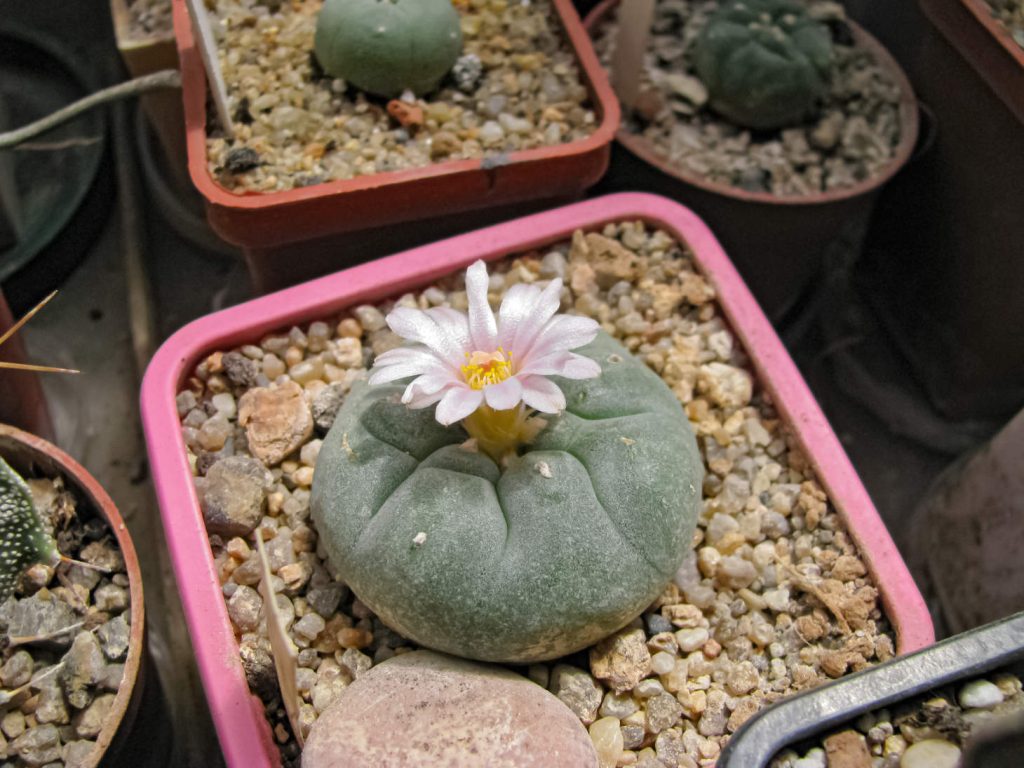
While many assume cacti are harmless, a few plant species inside the cactus family do have toxic parts. For example, Peyote and San Pedro contain mescaline, which is a psychoactive and toxic compound. If eaten, these cacti can affect the nervous system and may cause sickness.
Most common cacti found in homes or gardens do not have toxins that can harm you just by touching them. Instead, the main risk comes from the spines, which are sharp but not poisonous. Some rare cacti contain toxic sap or flesh that can be dangerous if swallowed.
To stay safe, always research your cactus species before handling or letting pets near them. Use gloves if you are not sure about your plant.
Common Misconceptions About Poisonous Cacti
A frequent myth is that all cacti are poisonous because their spines hurt. In truth, the pain comes from the sharpness of the spines, as well as the presence of barbs, not because they have venom or poison. Most spines are not toxic, but injuries from them can lead to infection if the wound is not cleaned.
Another misconception is that any cactus which causes sickness if eaten must be dangerous to even touch. Most toxicity comes only from eating certain species, not from contact.
Most household cacti are non-toxic to both humans and pets. However, there are a few exceptions, so it’s important to check if a particular cactus species contains chemicals that can harm you, your children, or your pets.
Typical Symptoms of Exposure

If you or a pet swallows a toxic cactus, symptoms like vomiting, diarrhea, or gastrointestinal discomfort can appear within hours. For example, mescaline from toxic cacti can also lead to confusion or hallucinations. Usually, mild cases will resolve on their own, but serious reactions may need medical attention.
Touching cactus sap or flesh from a toxic plant may cause redness, irritation, or itching on the skin. Cactus spine injuries are painful but typically do not release poison. Cleaning the wound reduces the risk of infection.
If symptoms like swelling, trouble breathing, or ongoing stomach upset occur after touching or eating cactus plants, you should seek help from a doctor or veterinarian right away. Always keep small children and pets away from unknown cactus species.
Human and Pet Safety Concerns
Cacti can pose several safety concerns for your family and pets. Most are not poisonous, but a few can still cause problems through toxins or sharp spines.
Cactus Poisoning in Dogs

Most cacti are non-toxic to dogs; however, some species like the pencil cactus (Euphorbia tirucalli) contain sap that can irritate your dog’s mouth, skin, or eyes. Signs of sap exposure or ingestion include excessive drooling, vomiting, or swelling in the mouth and throat. Lethargy and mild stomach upset are also possible.
If your dog eats part of a toxic cactus, remove any remaining pieces from their mouth and rinse with water if sap is present, but consult a veterinarian immediately for further evaluation and treatment.
Hazards of Spines Versus Toxins
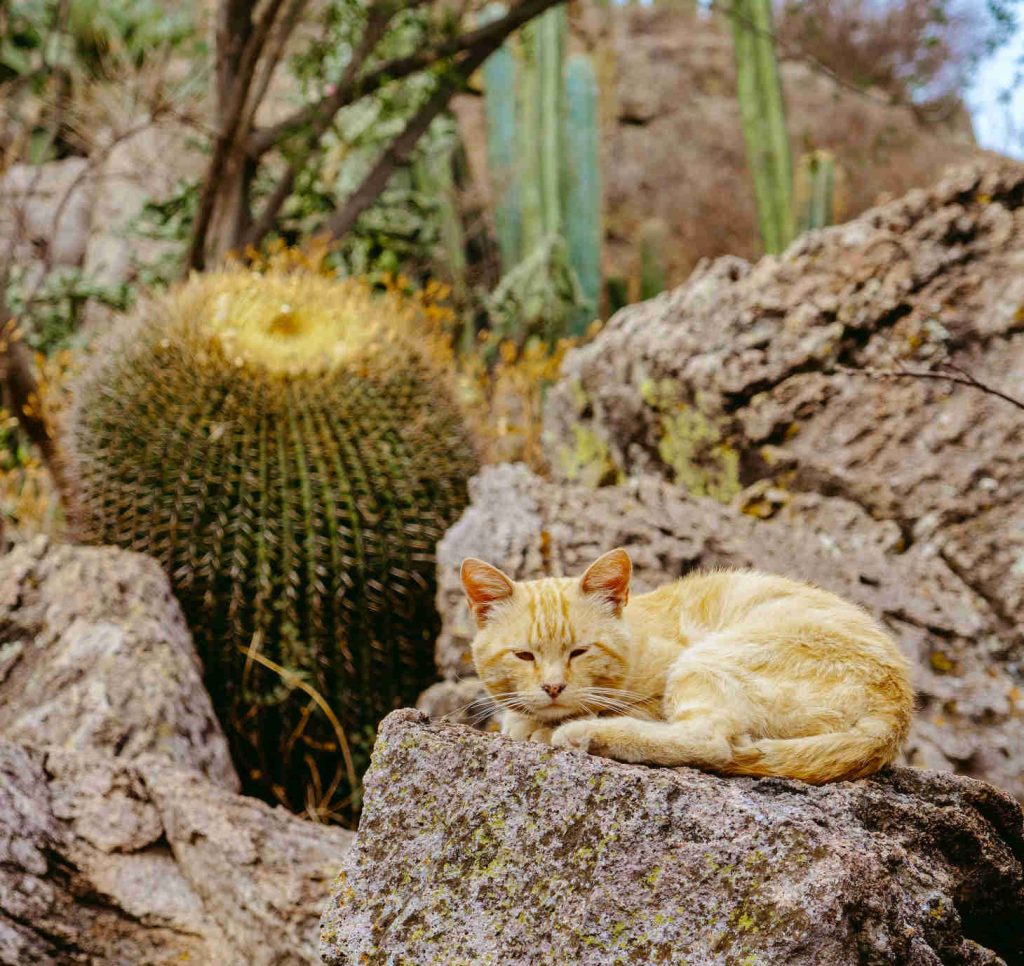
The main risk from most cacti comes from their sharp spines. These can puncture skin, causing pain, swelling, and infection for both humans and pets. Spines stuck in the mouth, paw, or eye may lead to more serious injuries.
A few cacti, such as the pencil cactus, also contain toxic sap. Contact with this sap can cause redness, itchiness, or blistering on human skin. In pets, you might see drooling, pawing at the mouth, or reluctance to eat.
Key risks:
- Physical injury from spines: possible infection, swelling, or pain.
- Mild poisoning symptoms in pets: drooling, vomiting, lethargy.
- Sap exposure: skin irritation or more serious reactions if eaten.
Check your home for any high-risk cacti, especially if you have children or pets. Keep these plants out of reach or consider safer houseplants.
Role of a Veterinarian in Suspected Poisoning

A veterinarian is your best resource if you think your dog or another pet has eaten or touched a potentially toxic cactus. Call your vet right away if you notice vomiting, trouble breathing, or unusual lethargy.
Bring any plant samples or photos to your appointment, as this helps your veterinarian decide on treatment. If the vet suggests antacids like famotidine (Pepcid), use only the recommended dose.
Common treatments might include flushing the mouth, giving fluids, or prescribing medication for pain or infection. Prompt care can prevent more serious problems, especially if the cactus is known to be toxic or if spines are involved. Always monitor your pet and follow your veterinarian’s advice after any cactus exposure.
Notable Cactus Species and Their Effects
Certain cacti can cause problems for humans, pets, and wildlife. Most cactus species are not toxic, but some have features or chemicals that might cause minor or serious issues if touched or eaten.
Prickly Pear Cactus: Safety and Risks
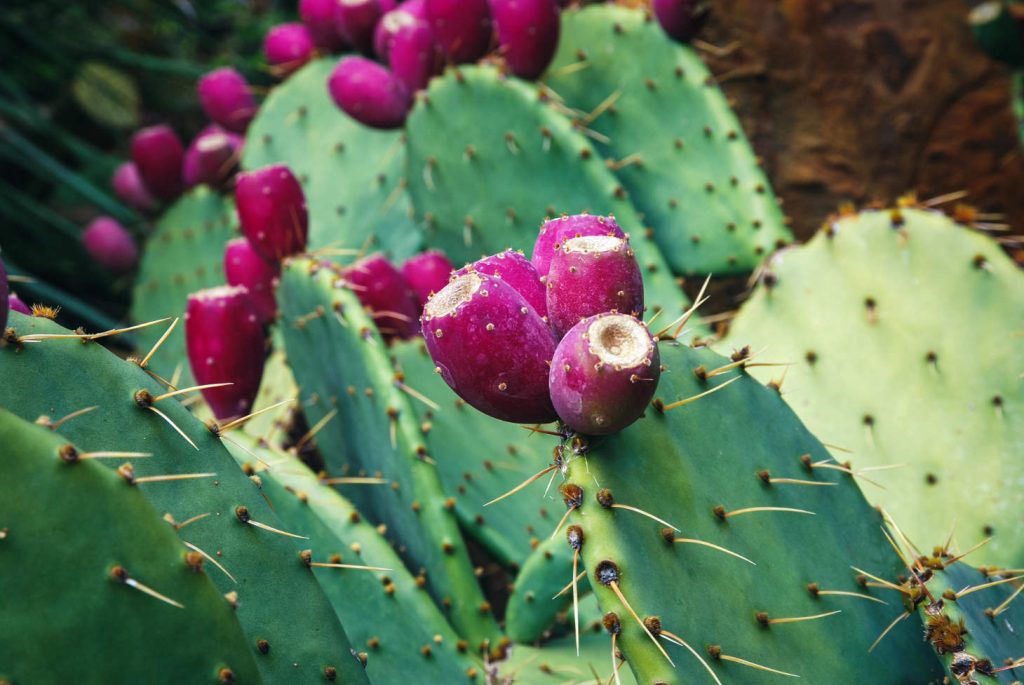
The prickly pear cactus (Opuntia species) is common in the wild and in yards. It is not poisonous to humans or most pets. People even eat the pads and fruit after removing the spines and glochids (tiny barbed hairs).
However, the biggest risk comes from its sharp spines and glochids. They can stick in your skin and cause pain, swelling, and irritation. Glochids can be difficult to see, making them hard to remove.
If you, a child, or a pet touches a prickly pear, watch for any redness or itching. Tweezers and tape can help remove the spines. Eating the pads or fruit safely means handling them with gloves and cleaning them well first.
Saguaro Cactus: Characteristics and Dangers
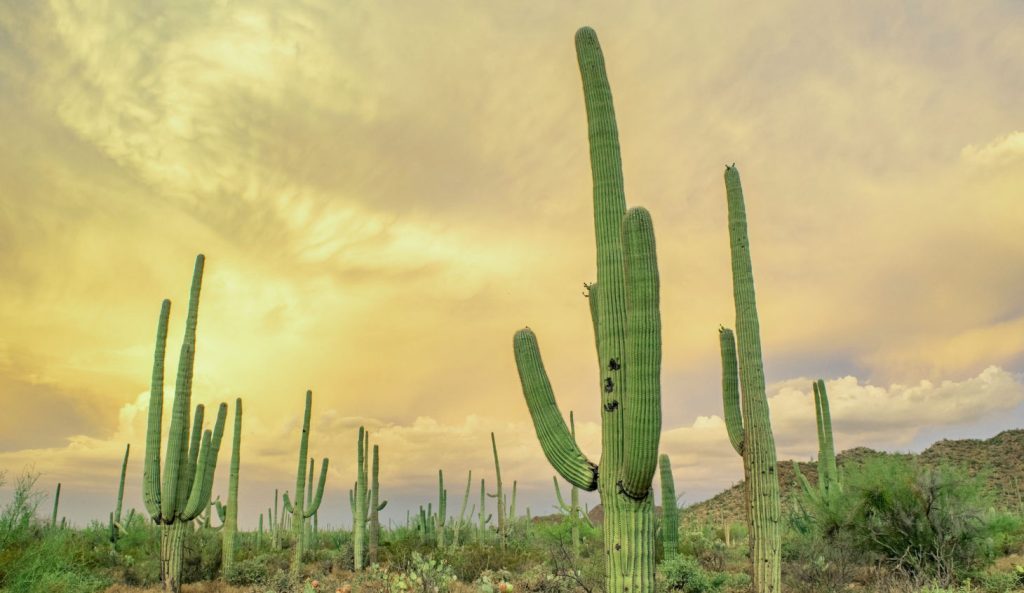
The saguaro cactus (Carnegiea gigantea) is famous for its tall, tree-like shape and big arms. It is not toxic if touched or eaten, but it still poses risks.
The main danger comes from its long, sturdy spines. These spines can puncture the skin deeply and may even cause infections if not removed properly. Kids and pets should stay away from saguaros to avoid accidental injury.
You should also know that it is illegal to harm or remove saguaro cacti in some areas, since they grow very slowly and play an important role in their ecosystem. If you live near saguaros, keep a safe distance and respect local rules.
Impact of Cacti on Wildlife
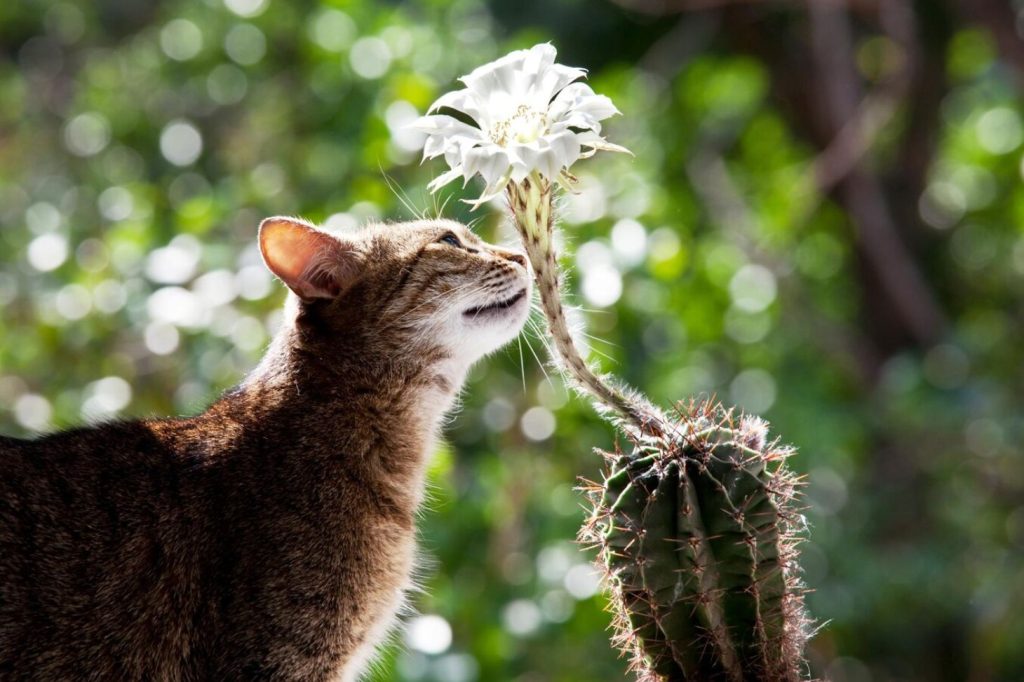
Cacti, including prickly pear and saguaro, are important for many wild animals. Birds, such as the Gila woodpecker, nest inside holes in saguaros. Some mammals and reptiles hide in the shade of large cactus plants.
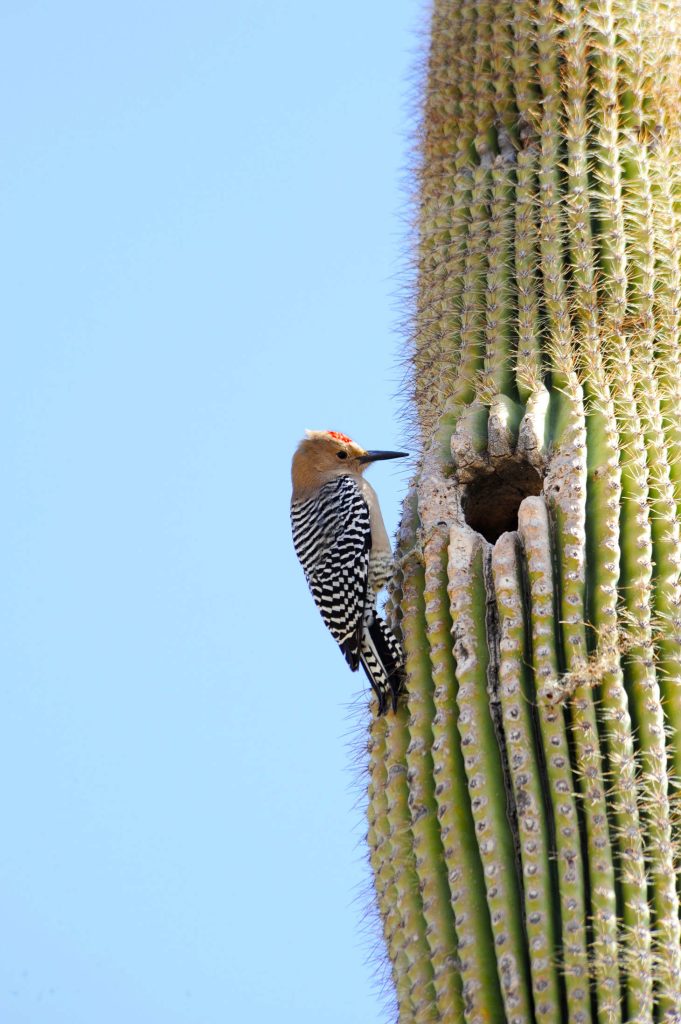
Animals eat prickly pear fruits, while desert tortoises may eat both the pads and fruit for water and food. While most cacti are not poisonous to wildlife, the sharp spines and tough skin protect the plants from being eaten too quickly.
Rarely, some small animals can get stuck by spines or suffer injuries. For the most part, however, cacti are a vital food and shelter source for many desert creatures.
Quick facts:
| Cactus Type | Main Effect | Risks Explained |
|---|---|---|
| Prickly Pear | Non-toxic, edible | Glochids, sharp spines |
| Saguaro | Non-toxic, inedible | Large, deep spines |

